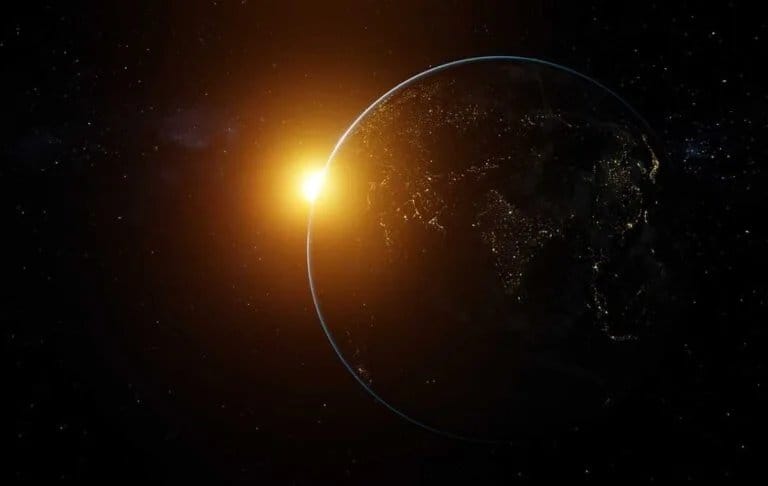Syntrichia caninervis: Could this moss help terraform Mars?

Mosses, small and apparently simple, are considered to be the Earth’s great terraformers. They have the ability to transform barren rock into fertile soil, playing a crucial role in creating habitats that allow other forms of life to survive. Now, a team of scientists is exploring the possibility that these non-vascular plants, such as Syntrichia caninervis, could perform a similar feat on Mars.
The question of introducing terrestrial life to Mars is a complex one, given our history of environmental impact on Earth. However, if we decide to go ahead with colonizing the Red Planet, Syntrichia caninervis, a species of moss that already survives in extreme conditions on Earth, is a promising candidate. This plant, which adapts to desert and icy environments, has shown incredible resilience.
The scientists, led by ecologist Xiaoshuang Li from the Chinese Academy of Sciences, carried out several tests with S. caninervis in extreme conditions. In the laboratory, they exposed the plants to temperatures ranging from -80 °C to -196 °C, as well as high levels of radiation and simulations of the Martian atmosphere. The simulated conditions included pressures and gas compositions similar to those on Mars, with extreme variations in temperature and ultraviolet radiation.
The results were impressive. S. caninervis demonstrated a remarkable ability to resist dehydration and extreme freezing. After being exposed to low temperatures and radiation, the plants showed a remarkable ability to regenerate. Those that were dehydrated before freezing recovered more quickly, while the frozen plants regenerated completely after thawing.
When subjected to levels of radiation that would be lethal to humans, the plants not only survived, but some even accelerated their growth. After a period of recovery in simulated Mars conditions, the dehydrated plants proved especially resilient, recovering quickly with no signs of significant damage.
These results indicate that Syntrichia caninervis has great potential for use in terraforming Mars. This plant’s ability to transform arid and inhospitable soils into more habitable environments could be crucial for the future colonization of the planet. The researchers hope that they will soon be able to test the viability of the moss on Mars or the Moon, further exploring the possibility of growing plants outside the Earth.

“Although there is still a long way to go to create self-sufficient habitats on other planets, we have demonstrated the great potential of S. caninervis as a pioneer plant for growth on Mars,” the researchers write.
“Looking to the future, we hope that this promising moss can be taken to Mars or the Moon to further test the possibility of colonization and plant growth in outer space.”
Even though the idea of introducing mosses to Mars is still controversial, the studies with S. caninervis offer a new perspective on the resilience of life. It reminds us that, despite the challenges, life on Earth is more adaptable and resilient than we often imagine.
This research was published in The Innovation.






